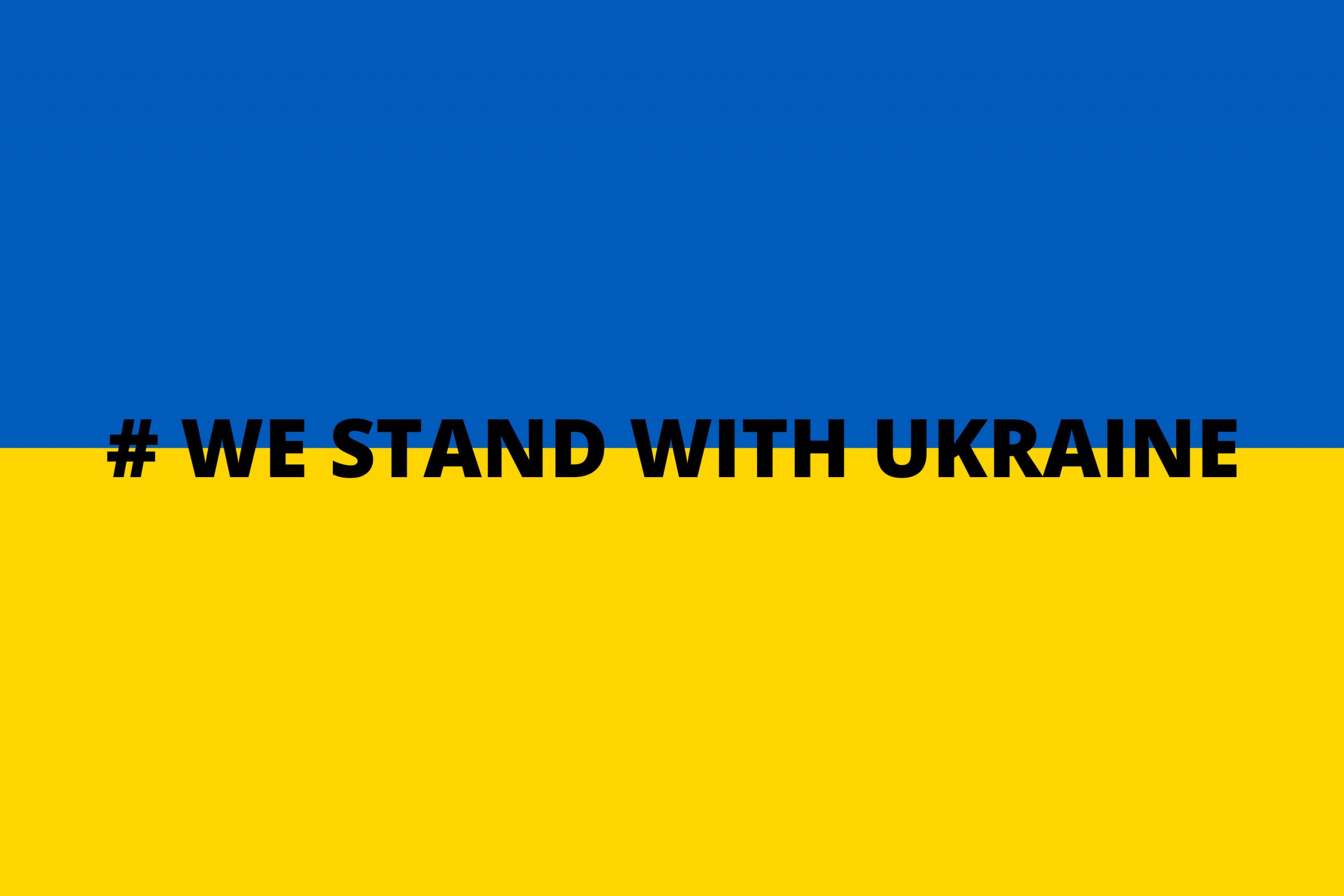
The Hungarian asylum system and the Russian invasion of Ukraine
Translation is available for this content
Váltás magyarraIn the early hours of this morning the Russian armed aggression against Ukraine began and populated areas across the entirety of Ukraine are being shelled by Russian forces. People will inevitably start fleeing the armed conflict.
Hungary and Ukraine share borders and for historical and geographical reasons, it is no surprise that the Hungarian government is already talking about the possible arrival of thousands of people at the border.
Those Ukrainian citizens who have a residence permit in Hungary can obviously easily enter the country and remain here as long as their permits allow them to do so. Ukrainian citizens currently can also enter and remain in the Schengen Area for 90 days visa-free if they have a valid travel document. There are Hungarian-Ukrainian dual citizens living mostly in Subcarpathia (Zakarpatska Oblast), they are also obviously allowed to enter or return to Hungary and may remain here indefinitely.
But what about those who do not have a valid travel document, or to those who cannot return to Ukraine after 90 days?
There are two, formally separate, but in fact intertwined pieces of legislation that regulate this. First, seeking asylum at the borders or on the territory of Hungary is currently impossible with the exception of:
- beneficiaries of subsidiary protection who are staying in Hungary,
- family members of refugees/beneficiaries of subsidiary protection who are staying in Hungary,
- those who are held in detention, except if they have crossed Hungary in an unlawful manner.
Essentially this means that unless a Ukrainian citizen already has a family member in Hungary who was given international protection, the only possibility for them to seek protection is if they are held in immigration detention. It is easy to see that the exceptions would not apply to those who have to flee.
Under the Hungarian rules now in force, the only way to seek asylum for those not falling under the exceptions is to secure an appointment at the Hungarian embassy in Belgrade or in Kyiv (as long as the embassy in Ukraine’s capital is operational), then show up there in person to lodge a “statement of intent” to seek asylum in Hungary. This statement is then forwarded to the asylum authority in Budapest, which has 2 months to decide whether to recommend issuing a single-entry permit allowing the person to travel on their own to Hungary and apply for asylum. During these two months, applicants are not given any assistance by Hungary and legally speaking do not enjoy any form of protection. At the same time, they must remain somewhere that is within reach of the embassy as the asylum office might also conduct a remote interview with them prior to making a decision.
This above system has been in place since May 2020. It is clearly in breach of the 1951 Refugee Convention, the EU asylum law and Hungary’s international obligations. Since this new system was introduced, currently in force until the end of 2022, only 81 (eighty-one) persons were able to secure an embassy appointment and make a statement of intent; all of them in Belgrade (May 2020-December 2021). Only 12 of those had been allowed to enter Hungary and seek asylum.
It is easy to see how this system is unable to address an unfolding humanitarian crisis.
A second piece of legislation originated in July 2016, when the legalisation of pushbacks (collective expulsions) was introduced. Originally applicable only to the southern borders of Hungary, the rule states that anyone found within an 8 km area of the border fence at the Hungarian-Serbian and Hungarian-Croatian borders must be removed immediately, without any procedure, and without the possibility to seek asylum, to the Serbian side of the border fence. This rule was extended to the entire territory of Hungary in March 2017. In short, this means that if a Ukrainian citizen would stay over 90 days in Hungary or would cross the border without a valid travel document, they not only have no right to seek asylum, but because they are staying unlawfully in Hungary, should they come in contact with the authorities, they will be immediately removed (pushed back) to the Serbian side of the border fence.
This is also obviously in breach of the 1951 Refugee Convention, of the EU asylum and return law and Hungary’s international obligations. Both the European Court of Human Rights and the Court of Justice of the European Union found this system unlawful. Nonetheless, the legislation is in effectt and Hungary continues to carry out pushbacks. According the official Police data, 72 787 pushbacks have been carried out in 2021.
The Hungarian government must immediately revoke these rules and introduce an asylum system that ensures effective access to the country and to protection for those who flee – either from Ukraine or the rest of the world.